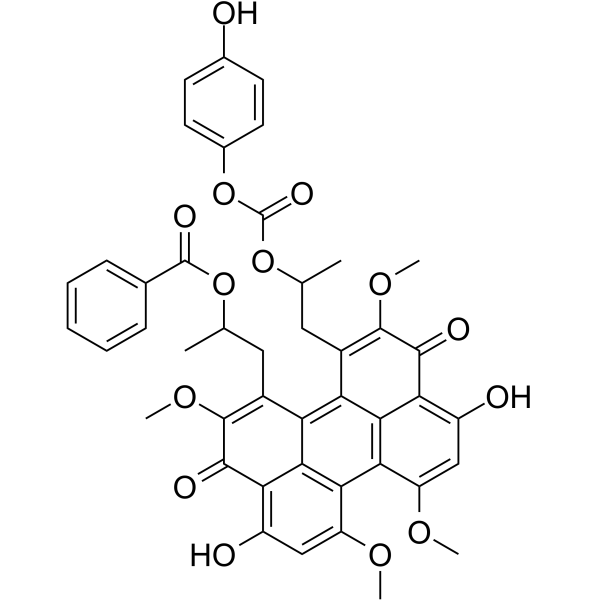Procoagulant properties of microparticles released from red blood cells in paroxysmal nocturnal haemoglobinuria.
Yukinori Kozuma, Yuka Sawahata, Yumi Takei, Shigeru Chiba, Haruhiko Ninomiya
Index: Br. J. Haematol. 152(5) , 631-9, (2011)
Full Text: HTML
Abstract
Thrombosis in paroxysmal nocturnal haemoglobinuria (PNH) has been suggested to be due to several pathophysiological states: a suppressed fibrinolytic system, increased leucocyte-derived tissue factor, complement (C')-mediated damage to platelets and endothelia, or increased platelet- and endothelium-derived microparticles (MPs). Because haemolytic attack is often accompanied by thrombosis in PNH, we studied the role of C'-induced release of MPs in the thrombogenesis of PNH. C' activation induced procoagulant alteration in PNH red blood cells (RBC), when assessed by thrombin generation in the presence of C'-activated PNH RBC, which was abolished by their subsequent treatment with annexin V. Significant amounts of procoagulant MPs, measured by phosphatidylserine-binding prothrombinase activity, were released from PNH RBC in association with the formation of C5b-9, but not significantly before C5b-8. Generation of procoagulant, annexin V-binding, MPs from C'-activated RBC was studied also by flow cytometry. While phorbol 12-myristate 13-acetate, an activator of protein kinase C (PKC), induced the release of MPs from normal RBC as well as PNH RBC, C'-induced release of MPs from PNH RBC was Ca(2+) -independent and not associated with the activation of PKC, calpain or caspase. Procoagulant properties of MPs released from PNH RBC could contribute to the thrombogenesis of PNH.© 2011 Blackwell Publishing Ltd.
Related Compounds
| Structure | Name/CAS No. | Molecular Formula | Articles |
|---|---|---|---|
 |
Calphostin C
CAS:121263-19-2 |
C44H38O14 |
|
β-Adrenergic receptors activate exchange protein directly ac...
2013-10-25 [J. Biol. Chem. 288(43) , 31370-85, (2013)] |
|
PPARγ regulates resistance vessel tone through a mechanism i...
2012-11-09 [Circ. Res. 111(11) , 1446-58, (2012)] |
|
Impairment of neurovascular coupling in type 1 diabetes mell...
2012-03-15 [Am. J. Physiol. Heart Circ. Physiol. 302(6) , H1274-84, (2012)] |
|
Upregulation of macrophage-specific functions by oxidized LD...
2013-01-01 [Mol. Cell Biochem. 372(1-2) , 181-90, (2013)] |
|
Effects of sphingosine-1-phosphate on pacemaker activity of ...
2013-01-01 [Mol. Cells 35(1) , 79-86, (2013)] |